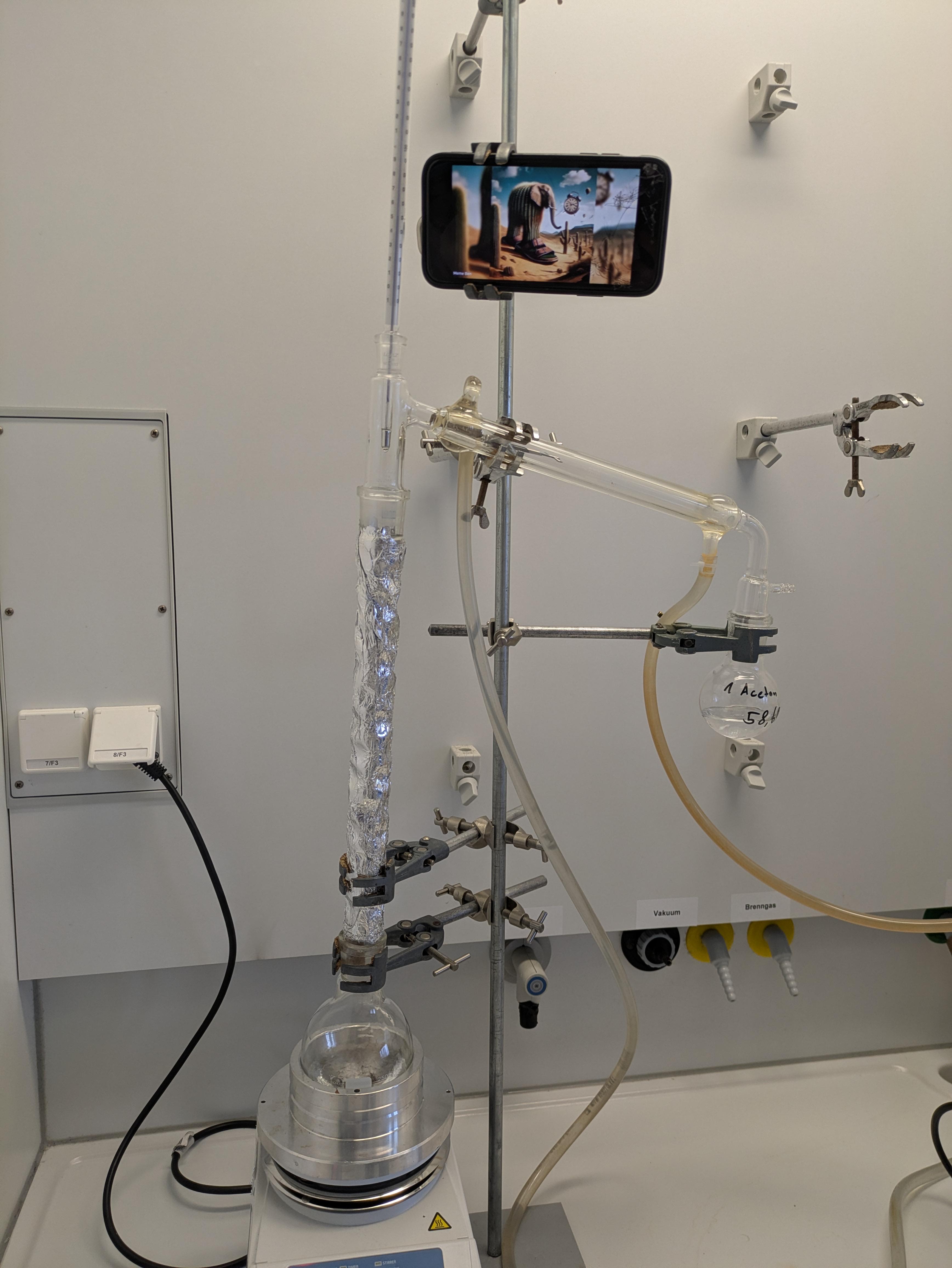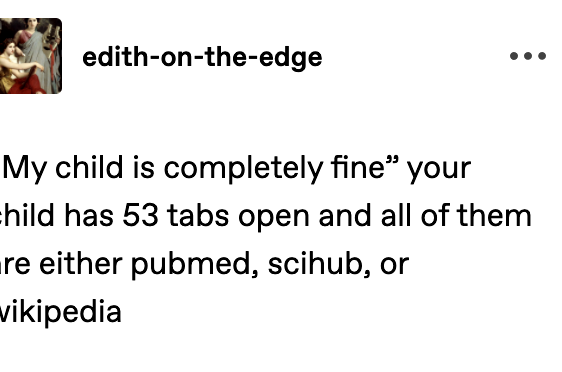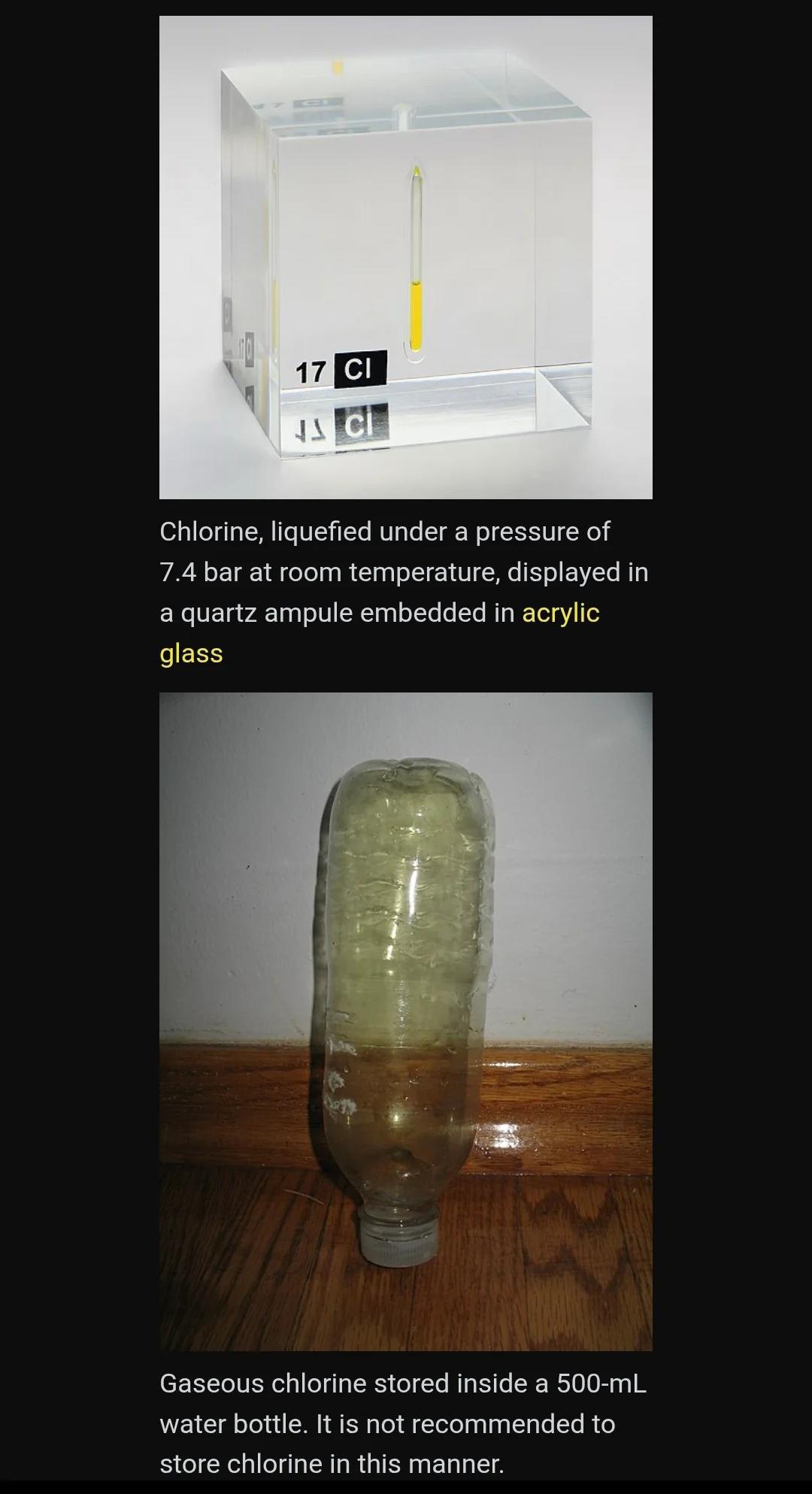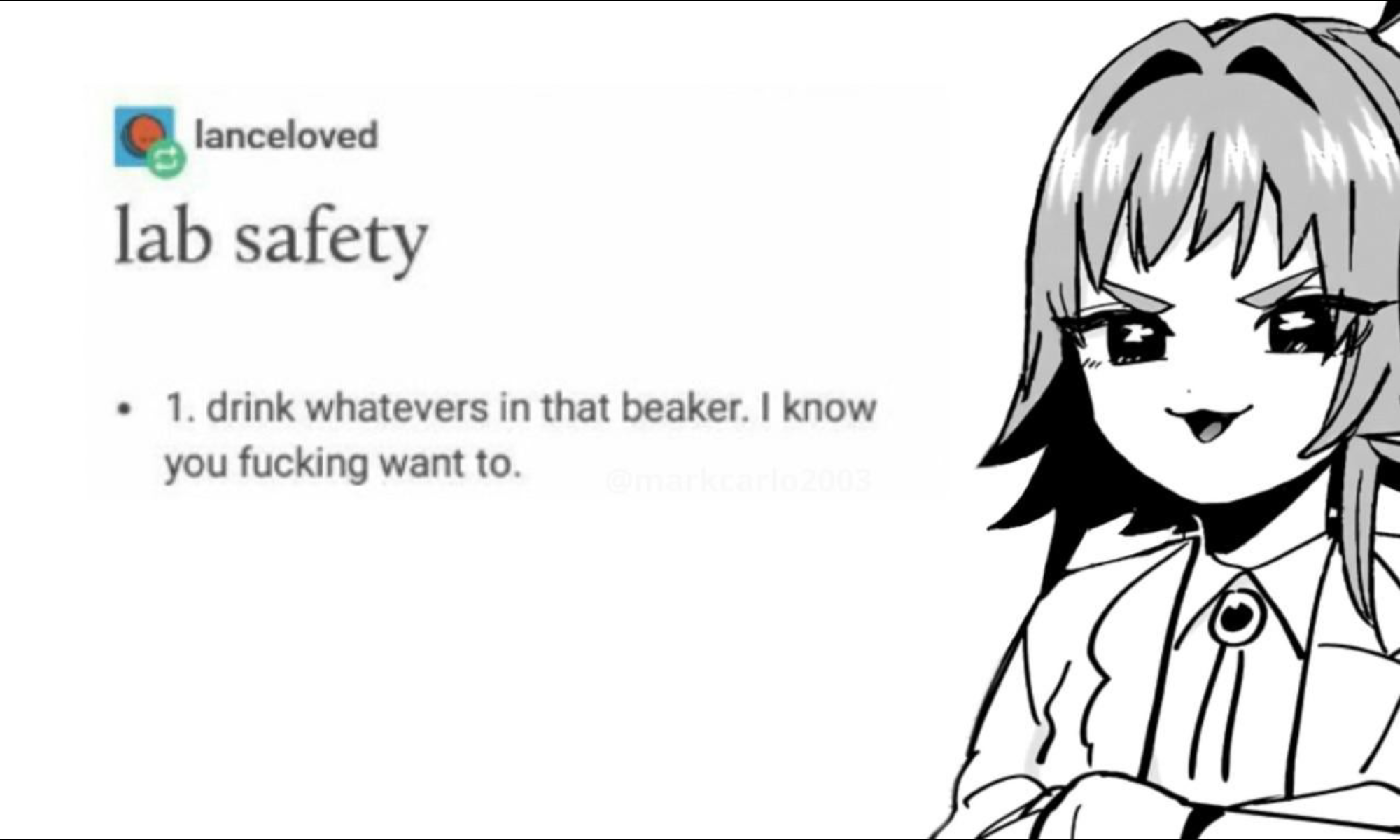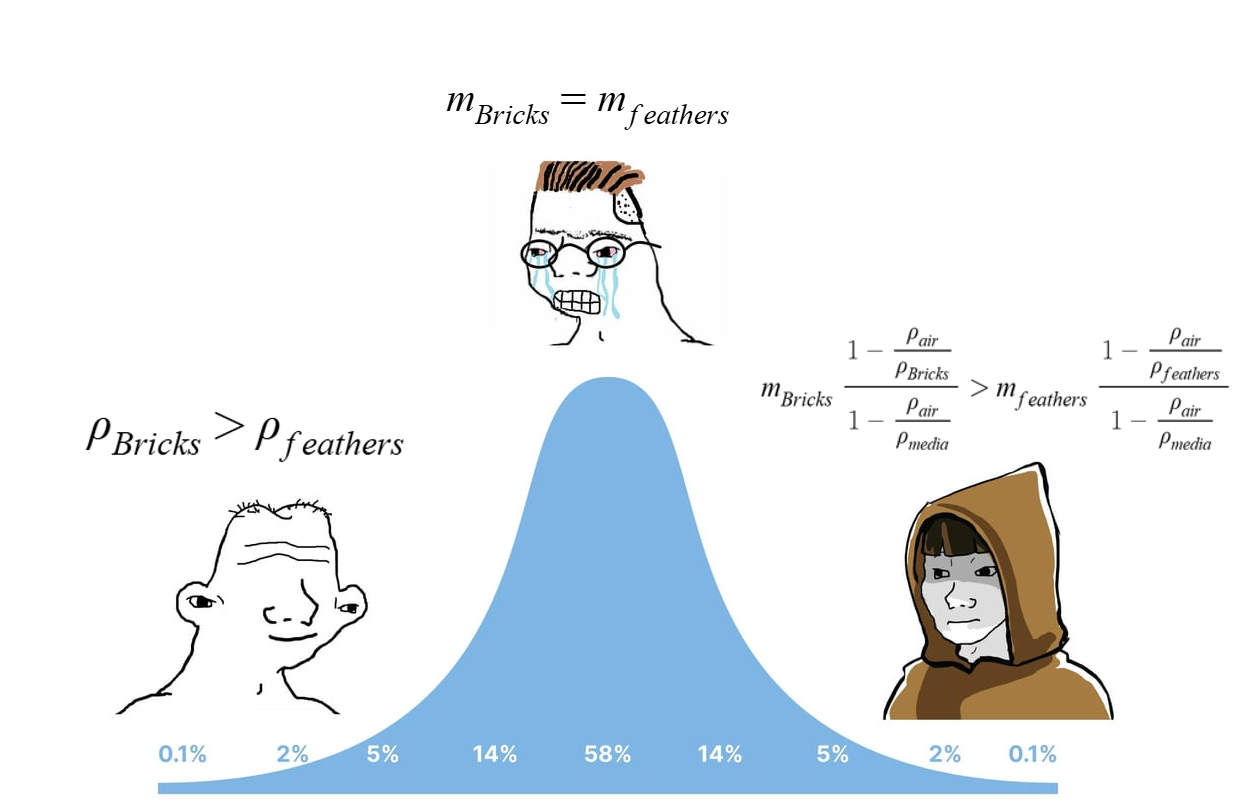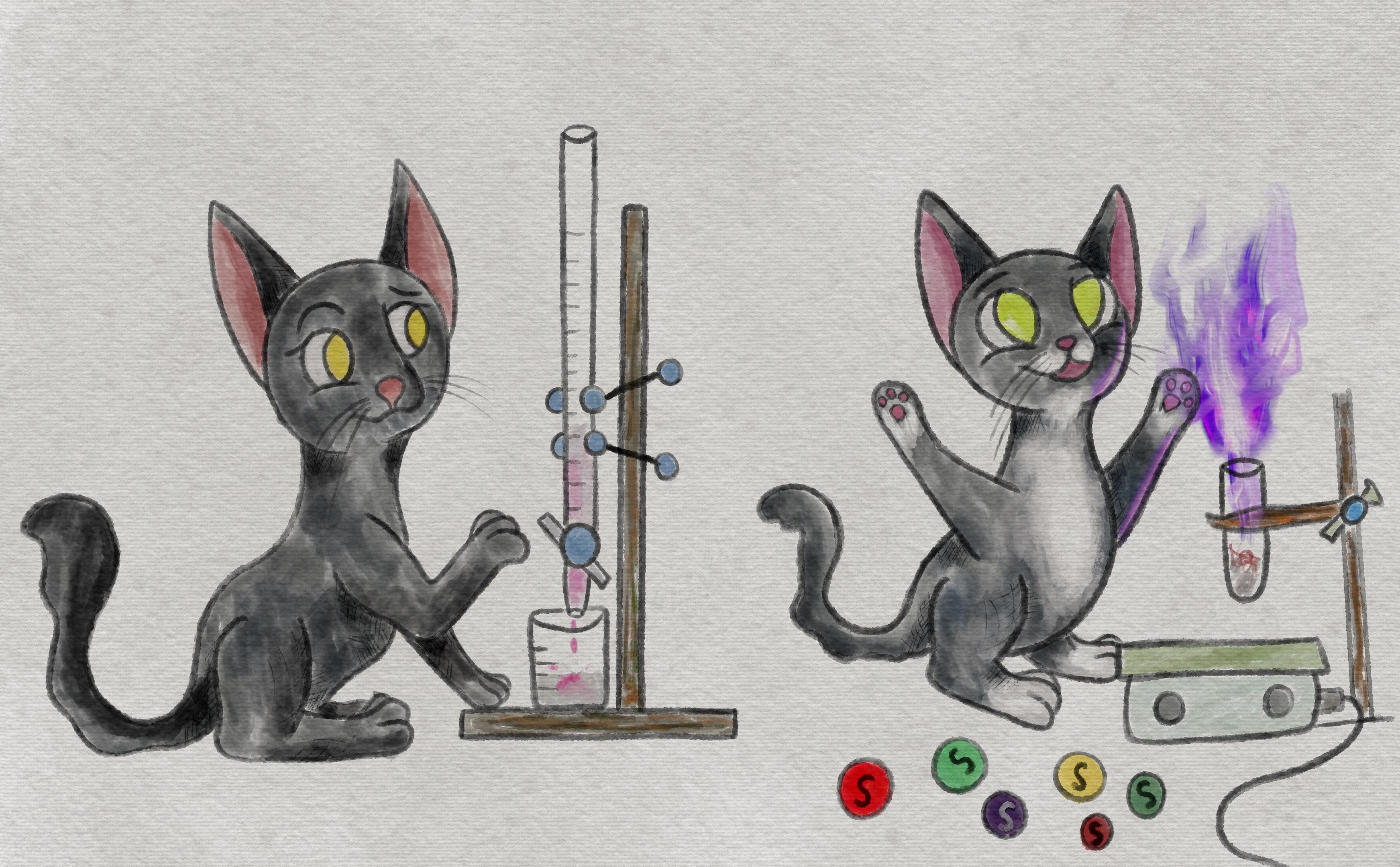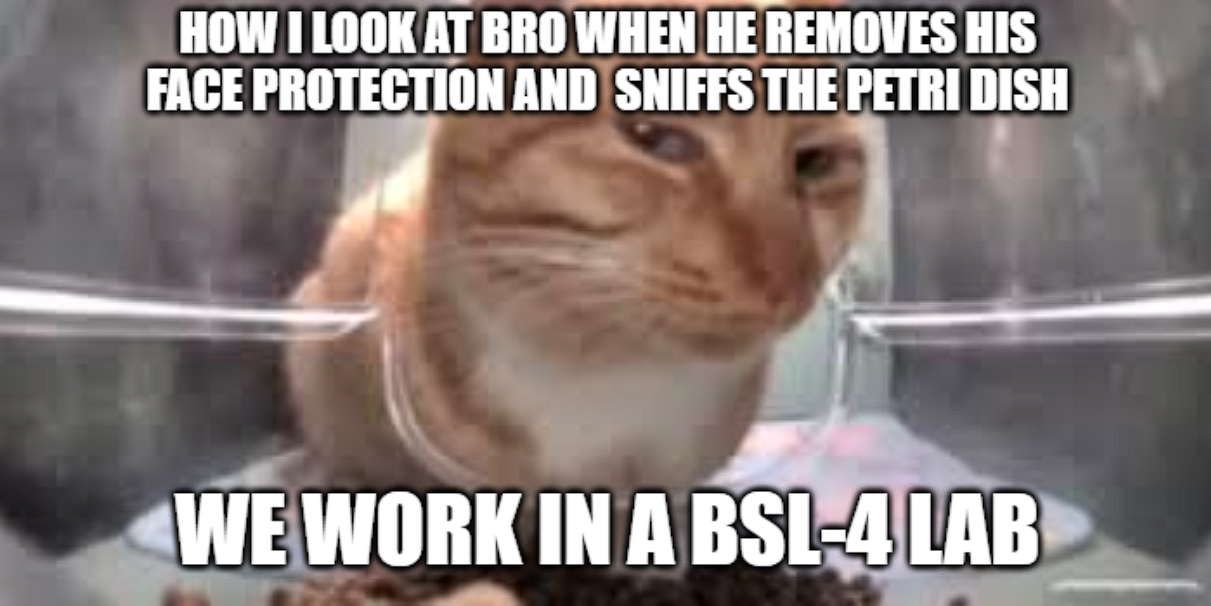HTTP 418: I'm a teapot
The server identifies as a teapot now and is on a tea break, brb
HTTP 418: I'm a teapot
The server identifies as a teapot now and is on a tea break, brb
Lab-life Memes
Lab Life: where safety protocols are simultaneously critical and optional depending on how desperate you are to finish before the weekend. These memes celebrate the natural habitat of scientists – a place where million-dollar equipment sits next to duct-taped apparatus, and the refrigerator contains both lunch and samples you should definitely not eat. If you've ever improvised lab equipment from household items, developed an unhealthy relationship with your experimental subjects, or felt the special horror of realizing you've been cultivating the wrong cells for weeks, you'll find your fellow lab dwellers here. From the frustration of contamination to the joy of beautiful experimental results, ScienceHumor.io's lab life collection captures the beautiful chaos of places where coffee and careful documentation are equally essential to scientific progress.

 Academia
Academia
 Ai
Ai
 Astronomy
Astronomy
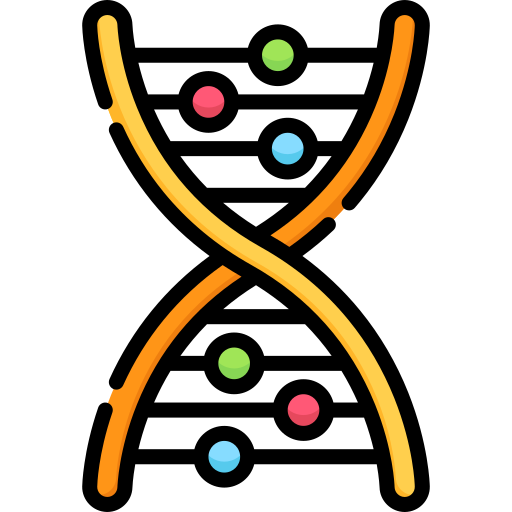 Biology
Biology
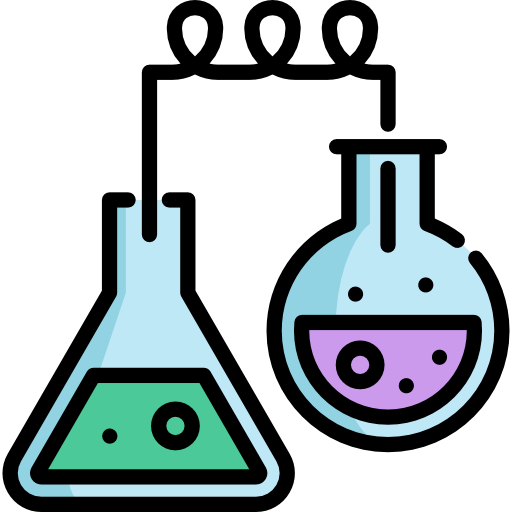 Chemistry
Chemistry
 Climate
Climate
 Conspiracy
Conspiracy
 Earth-science
Earth-science
 Engineering
Engineering
 Evolution
Evolution
 Geology
Geology
